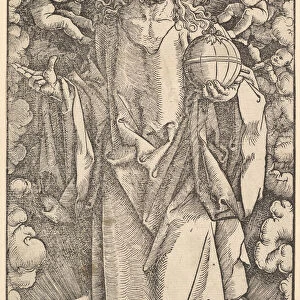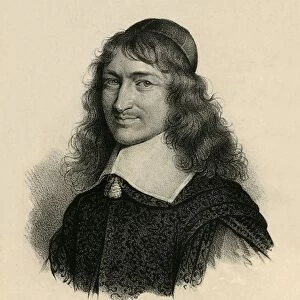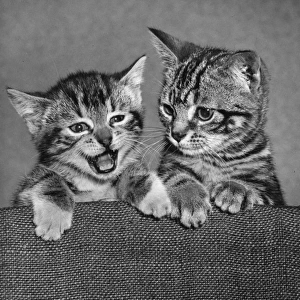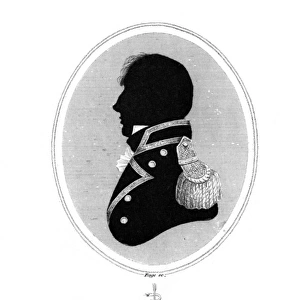Homo sapiens crania comparison
![]()

Wall Art and Photo Gifts from Mary Evans Picture Library
Homo sapiens crania comparison
From Upper Cave Zhoukoudian, China (left and middle) and Predmosti, Czech Republic (right). All dated at about 30, 000 years ago, held at The Natural History Museum, London. Photo by Chris Stringer
Mary Evans Picture Library makes available wonderful images created for people to enjoy over the centuries
Media ID 8593123
© Mary Evans Picture Library 2015 - https://copyrighthub.org/s0/hub1/creation/maryevans/MaryEvansPictureID/10712524
Black Background Bone Compare Comparison Crania Czech Republic Hominini Homo Homo Sapiens Human Skull Specimen Predmosti
EDITORS COMMENTS
In this intriguing photograph, taken at The Natural History Museum in London, we find an enlightening comparison of three Homo sapiens crania, or human skulls, from two distinct archaeological sites: Upper Cave Zhoukoudian in China, and Predmosti in the Czech Republic. These fossils, all dated approximately 30,000 years ago, offer valuable insights into the anatomical similarities and differences between early modern humans from Asia and Europe during the Upper Paleolithic period. The left and middle crania hail from Upper Cave Zhoukoudian, a significant archaeological site located in the Zhoukoudian area of Beijing, China. This site, renowned for its rich fossil deposits, has long been a focus of anthropological research, providing crucial evidence of early human occupation in East Asia. The right cranium, in stark contrast, comes from the Predmosti archaeological site in the Czech Republic. Predmosti is an essential European Upper Paleolithic site, with numerous discoveries shedding light on the cultural and biological development of early modern humans in Europe. As we examine this image, we can observe the striking resemblances and subtle differences between these ancient human skulls. The comparison of these crania not only highlights the remarkable unity of Homo sapiens as a single species but also underscores the ongoing process of human evolution and the interconnectedness of our shared ancestry. This photograph, taken by renowned paleoanthropologist Chris Stringer, serves as a testament to the invaluable role that museum collections play in fostering our understanding of the human story and the rich diversity of our shared past.
MADE IN THE USA
Safe Shipping with 30 Day Money Back Guarantee
FREE PERSONALISATION*
We are proud to offer a range of customisation features including Personalised Captions, Color Filters and Picture Zoom Tools
SECURE PAYMENTS
We happily accept a wide range of payment options so you can pay for the things you need in the way that is most convenient for you
* Options may vary by product and licensing agreement. Zoomed Pictures can be adjusted in the Cart.













